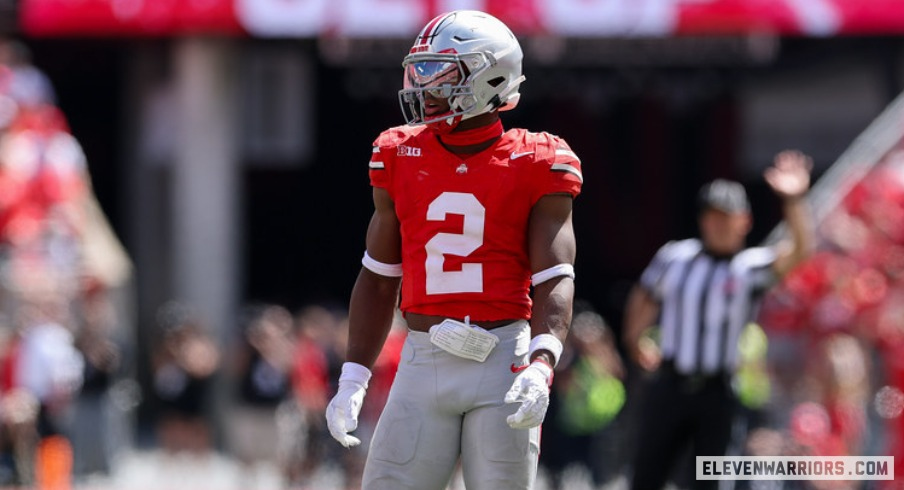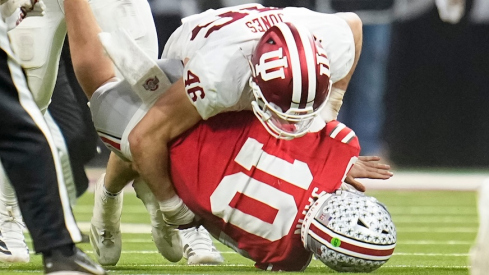Transfer portal chaos and opportunity are likely to be cut in half soon.
On Thursday, the NCAA Football Oversight Committee voted to support a cut of college football's two transfer portal windows to one 10-day window in January.
The NCAA's Administrative Committee still needs to formally adopt the rule change. It’s expected to vote on the new transfer window on Oct. 1.
Currently, the two windows for players to enter the transfer portal are from Dec. 9 through 28, following the regular season, and April 16 through 25, following spring practice. Players can enter the portal during that window, but are not required to select their new school – or in rare cases, return to their old one – during the window.
Moving both windows to one 10-day period from Jan. 2 through 11 could negatively impact teams that make deep runs in the College Football Playoff, as in both 2024 and 2025, the CFP semifinals and championship game were scheduled for Jan. 8 or later. There were special five-day windows following the conclusion of the season for teams that played after the December window this past season, which is likely to continue for CFP semifinalists should the new 10-day January window be adopted.
Players are also still expected to receive a 30-day transfer portal window in the event of a head coach departing from their current team.
In tandem with the new transfer window, the Football Oversight Committee also recommended changes to the recruiting calendar that would make the entire month of December a dead period. A recruiting contact period would be held from January 5-31.
The timeline for prospects to receive official written offers from schools would also be pushed back from its current date of Aug. 1 before their senior year of high school to a later date of Nov. 15. Additionally, the contact prohibition that prevents other schools from contacting a prospect once he signs a written financial aid agreement would extend to prospects signing a written offer of settlement-related benefits – in other words, NIL deals made directly with the schools as part of the revenue-sharing agreement created by the House v. NCAA settlement.


